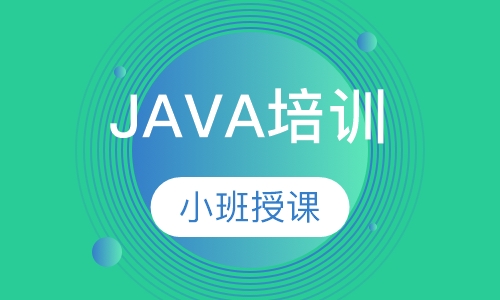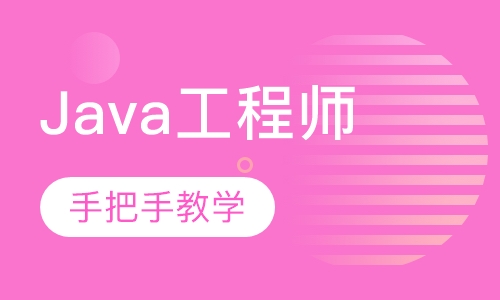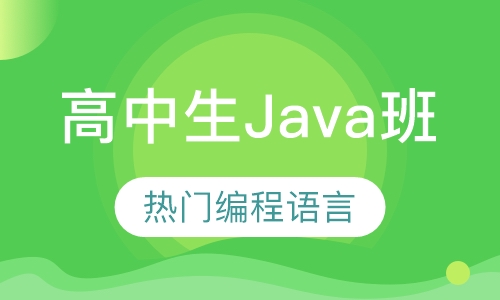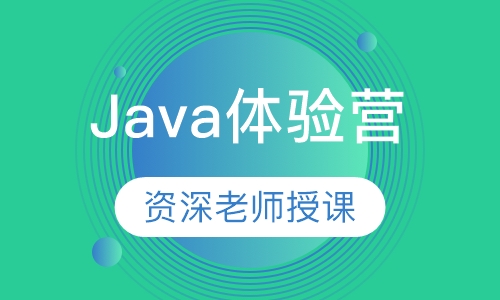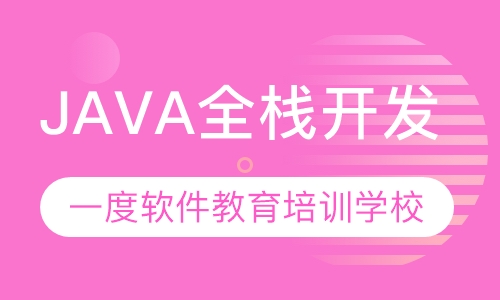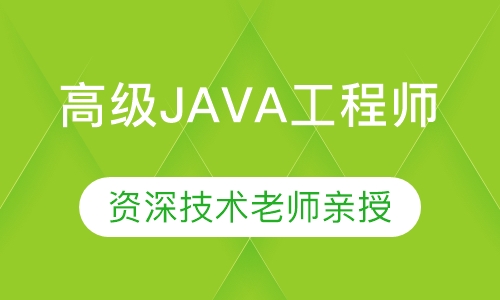用两种方式分别实现了,第一种是jdk原生的,代码稍微多点,第二种是基于httpclient4版本的。在我的机器上,访问同一个接口原生的性能要好很多(前者900ms,后者5.7s左右),httpclient主要性能消耗在"HttpResponse res = client.execute(post);",大约占总执行时间的90%。
private static final String METHOD_POST = "POST"; private static final String DEFAULT_CHARSET = "utf-8"; public static String doPost(String url, String params, String charset, int connectTimeout, int readTimeout) throws Exception { String ctype = "application/json;charset=" + charset; byte[] content = {}; if(params != null){ content = params.getBytes(charset); } return doPost(url, ctype, content, connectTimeout, readTimeout); } public static String doPost(String url, String ctype, byte[] content,int connectTimeout,int readTimeout) throws Exception { HttpsURLConnection conn = null; OutputStream out = null; String rsp = null; try { try{ SSLContext ctx = SSLContext.getInstance("TLS"); ctx.init(new KeyManager[0], new TrustManager[] {new DefaultTrustManager()}, new SecureRandom()); SSLContext.setDefault(ctx); conn = getConnection(new URL(url), METHOD_POST, ctype); conn.setHostnameVerifier(new HostnameVerifier() { @Override public boolean verify(String hostname, SSLSession session) { return true; } }); conn.setConnectTimeout(connectTimeout); conn.setReadTimeout(readTimeout); }catch(Exception e){ log.error("GET_CONNECTOIN_ERROR, URL = " + url, e); throw e; } try{ out = conn.getOutputStream(); out.write(content); rsp = getResponseAsString(conn); }catch(IOException e){ log.error("REQUEST_RESPONSE_ERROR, URL = " + url, e); throw e; } }finally { if (out != null) { out.close(); } if (conn != null) { conn.disconnect(); } } return rsp; } private static class DefaultTrustManager implements X509TrustManager { @Override public void checkClientTrusted(X509Certificate[] arg0, String arg1) throws CertificateException {} @Override public void checkServerTrusted(X509Certificate[] arg0, String arg1) throws CertificateException {} @Override public X509Certificate[] getAcceptedIssuers() { return null; } } private static HttpsURLConnection getConnection(URL url, String method, String ctype) throws IOException { HttpsURLConnection conn = (HttpsURLConnection) url.openConnection(); conn.setRequestMethod(method); conn.setDoInput(true); conn.setDoOutput(true); conn.setRequestProperty("Accept", "text/xml,text/javascript,text/html"); conn.setRequestProperty("User-Agent", "stargate"); conn.setRequestProperty("Content-Type", ctype); return conn; } protected static String getResponseAsString(HttpURLConnection conn) throws IOException { String charset = getResponseCharset(conn.getContentType()); InputStream es = conn.getErrorStream(); if (es == null) { return getStreamAsString(conn.getInputStream(), charset); } else { String msg = getStreamAsString(es, charset); if (StringUtils.isEmpty(msg)) { throw new IOException(conn.getResponseCode() + ":" + conn.getResponseMessage()); } else { throw new IOException(msg); } } } private static String getStreamAsString(InputStream stream, String charset) throws IOException { try { BufferedReader reader = new BufferedReader(new InputStreamReader(stream, charset)); StringWriter writer = new StringWriter(); char[] chars = new char[256]; int count = 0; while ((count = reader.read(chars)) > 0) { writer.write(chars, 0, count); } return writer.toString(); } finally { if (stream != null) { stream.close(); } } } private static String getResponseCharset(String ctype) { String charset = DEFAULT_CHARSET; if (!StringUtils.isEmpty(ctype)) { String[] params = ctype.split(";"); for (String param : params) { param = param.trim(); if (param.startsWith("charset")) { String[] pair = param.split("=", 2); if (pair.length == 2) { if (!StringUtils.isEmpty(pair[1])) { charset = pair[1].trim(); } } break; } } } return charset; }Java代码
public static JSONObject post(String url, String json) { HttpClient client = new DefaultHttpClient(); client = WebClientDevWrapper.wrapClient(client); HttpPost post = new HttpPost(url); JSONObject response = null; try { StringEntity s = new StringEntity(json); s.setContentEncoding("UTF-8"); s.setContentType("application/json"); post.setEntity(s); Long startTime = System.currentTimeMillis(); HttpResponse res = client.execute(post); System.out.println(System.currentTimeMillis() - startTime); if (res.getStatusLine().getStatusCode() == HttpStatus.SC_OK) { HttpEntity entity = res.getEntity(); String charset = EntityUtils.getContentCharSet(entity); if(charset == null){ charset = "utf-8"; } response = new JSonObject(new JSonTokener( new InputStreamReader(entity.getContent(), charset))); } } catch (Exception e) { throw new RuntimeException(e); } return response; } public static class WebClientDevWrapper { public static HttpClient wrapClient(HttpClient base) { try { SSLContext ctx = SSLContext.getInstance("TLS"); X509TrustManager tm = new X509TrustManager() { @Override public X509Certificate[] getAcceptedIssuers() { return null; } @Override public void checkClientTrusted( java.security.cert.X509Certificate[] chain, String authType) throws java.security.cert.CertificateException { } @Override public void checkServerTrusted( java.security.cert.X509Certificate[] chain, String authType) throws java.security.cert.CertificateException { } }; ctx.init(null, new TrustManager[] { tm }, null); SSLSocketFactory ssf = new SSLSocketFactory(ctx, SSLSocketFactory.ALLOW_ALL_HOSTNAME_VERIFIER); ClientConnectionManager ccm = base.getConnectionManager(); SchemeRegistry sr = ccm.getSchemeRegistry(); sr.register(new Scheme("https", 443, ssf)); return new DefaultHttpClient(ccm, base.getParams()); } catch (Exception ex) { ex.printStackTrace(); return null; } } }以上就是北大青鸟长沙麓谷校区java培训机构的小编针对“Java请求https接口实现”的内容进行的回答,希望对大家有所帮助,如有疑问,请在线咨询,有专业老师随时为你服务。

